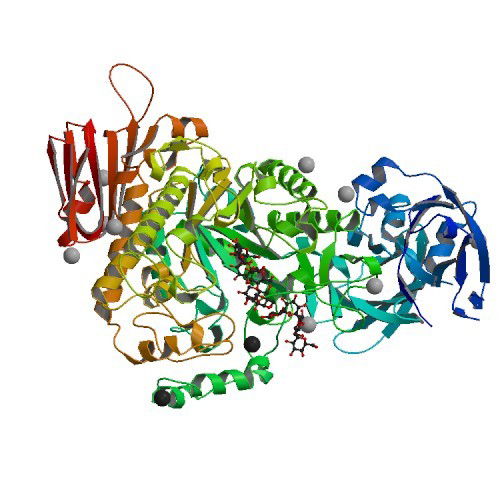Comparative Study of Limit Dextrinase Potential of Three Sorghum Cultivars (Safrari, Madjeru, and S.35) (2017)

Abstract: Limit dextrinase extracted from three sorghum cultivar malts (Safrari, S.35, and Madjeru) used for the production of bili-bili, a traditional beer in the northern part of Cameroon, was subjected to comparison using dextrin as a substrate. A four-factor Doehlert experimental design was used to build a model in order to optimize the impact of factors (temperature, pH, buffer concentration, and incubation time) involved in the extraction of free limit dextrinase from sorghum. The response surface methodology revealed that the action of those factors was different for each sorghum cultivar, with closer behavior between Safrari and S.35. Madjeru was revealed to be completely different. Optimizing the concerted actions of the factors for limit dextrinase specific activity gave the following combinations: for Safrari, 43°C, pH 4, 135 mM, and 300 min, with maximal specific activity of 3.10 U/μg; for Madjeru, 35°C, pH 5.77, 50 mM, and 60 min, with maximal specific activity of 1.51 U/μg; and for S.35, 50°C, pH 4, 191 mM, and 205 min, with maximal specific activity of 3.05 U/μg.


